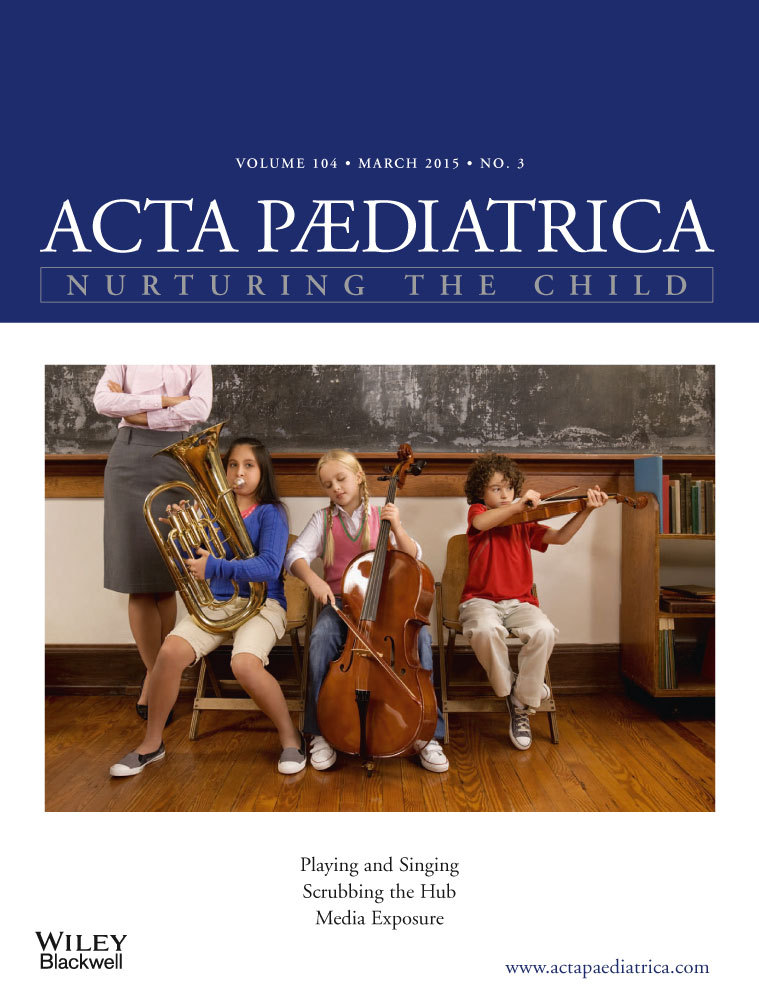The quick and easy Mongolian Rapid Baby Scale shows good concurrent validity and sensitivity
Abstract
Aim
In developing countries, around 200 million children with poor development cannot excel academically. Detecting children with developmental delay is fundamental in targeting early interventions. As the lack of a convenient screening tool in Mongolia remains a significant barrier, we aimed to produce an easy-to-administer developmental screening tool in Mongolia and to validate it against an internationally recognised instrument, the Bayley Scales of Infant and Toddler Development Third Edition (Bayley-III).
Methods
We developed the Mongolian Rapid Baby Scale consisting of 161 items arranged under seven developmental domains for children aged from zero months 16 days to 42 months 15 days. We recruited 150 children in Ulaanbaatar, Mongolia. After conducting face and content validity of the tool, we evaluated concurrent validity.
Results
Concurrent validity ranged from high correlation (r = 0.86) to very high (r = 0.97) for each of the corresponding domains between the two tests. Summary statistics showed good sensitivity (81.8%) and moderate specificity (52.3%).
Conclusion
Our newly developed tool takes only 15 min to complete and is easy to administer. It demonstrated good concurrent validity and sensitivity for the screening of developmental status in young children. This innovative tool will be useful to identify children who may benefit from early interventions in Mongolia.




